illegal plants in Okla
Lorigurl
19 years ago
Related Stories
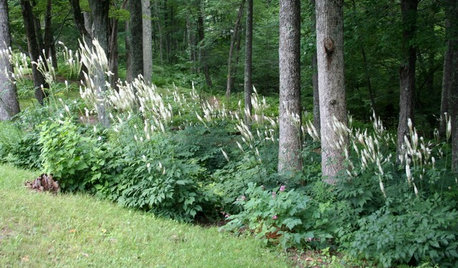
GARDENING GUIDESGreat Design Plant: Actaea Racemosa
Elegant flowers top black cohosh in summer woodland gardens
Full Story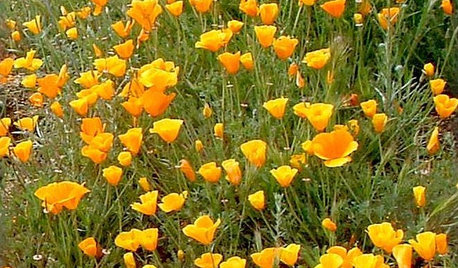
GARDENING GUIDESGreat Design Plant: California Poppy
Fall planting: California's state flower offers a glorious spring show and spreads readily in gardens under the right conditions
Full Story
GARDENING GUIDESGreat Design Plant: Milkweed
Quit cringing. This not-weed plant is a sight to behold in the garden, has a delicious vanilla scent and is a magnet for butterflies
Full Story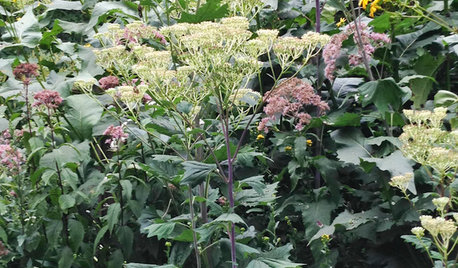
GARDENING GUIDESGreat Design Plant: Pale Indian Plantain Stands Tall and Proud
Height and generous flower heads earn Arnoglossum atriplicifolium the attention of both human and insect visitors
Full Story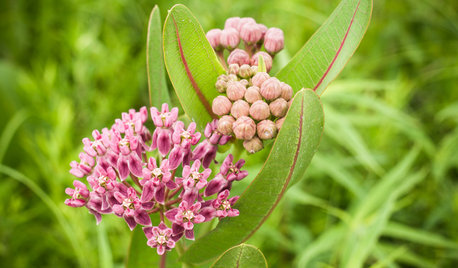
GARDENING GUIDESGreat Design Plant: Asclepias Sullivantii
Celebrate the pollinator community that flocks to this rare prairie native’s nectar and leaves
Full Story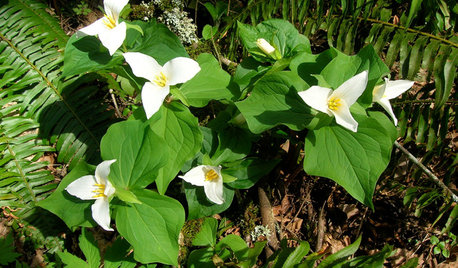
GARDENING GUIDESGreat Design Plant: Trillium Ovatum
Early-blooming Pacific trillium welcomes spring to woodland gardens in the Pacific Northwest
Full Story
GARDENING GUIDES6 Plants That Beat Butterfly Bush for the Wildlife Draw
It's invasive, a nonnative and a poor insect magnet. Check out these better alternatives to butterfly bush in the garden
Full Story
GARDENING FOR BIRDSFeed the Birds: 6 Plants for Abundant Winter Berries
Be kind to your fair feathered friends during lean food times by planting a shrub or tree loaded with nutritious snacks
Full Story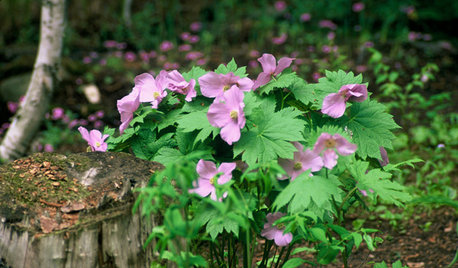
GARDENING GUIDES7 Shade-Loving Rarities of the Plant World
Cultivate a discriminating air in a shady garden patch with these uncommon woodland wonders
Full Story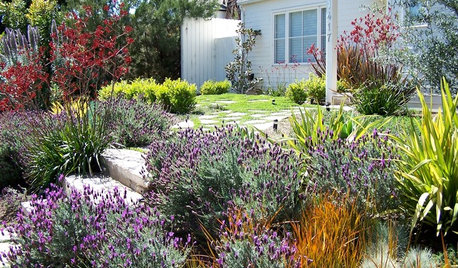
SAVING WATERGreat Plants for Lush, Low-Water Gardens
Water restrictions making your garden look washed out? Give it living color with unthirsty grasses, flowers and succulents
Full Story





msusana48
Tomato_Worm59
Related Professionals
Comstock Park Landscape Architects & Landscape Designers · Kapaa Landscape Architects & Landscape Designers · Darien Landscape Contractors · Federal Way Landscape Contractors · Fountain Valley Landscape Contractors · Harvey Landscape Contractors · Hayden Landscape Contractors · McLean Landscape Contractors · San Antonio Landscape Contractors · Waldorf Landscape Contractors · Westchester Landscape Contractors · Hueytown Landscape Contractors · Cave Spring Decks, Patios & Outdoor Enclosures · Commerce City Decks, Patios & Outdoor Enclosures · Lakewood Decks, Patios & Outdoor EnclosuresOkiedawn OK Zone 7
LorigurlOriginal Author
susanlynne48
Tomato_Worm59
broken_lady
Okiedawn OK Zone 7
Tomato_Worm59
susanlynne48
cjlambert
Tomato_Worm59
Okiedawn OK Zone 7
enchantedplace
enchantedplace
Tomato_Worm59
Okiedawn OK Zone 7
HU-206865527